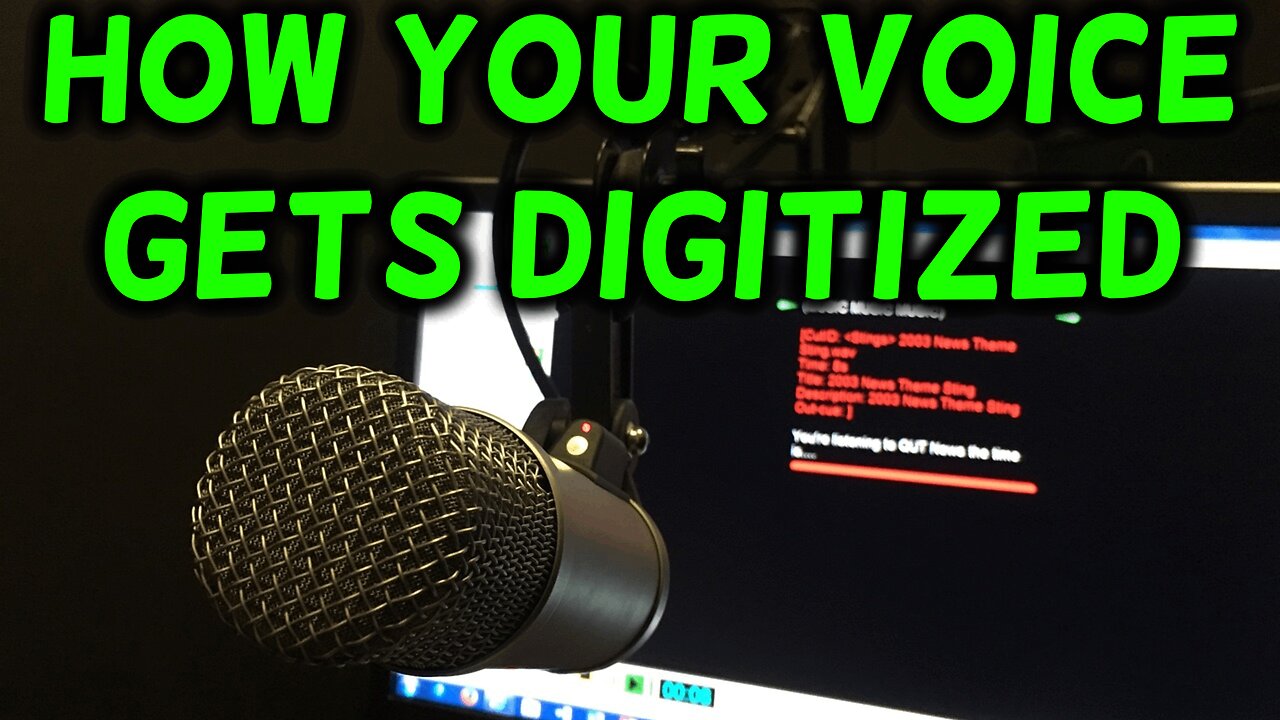Premium Only Content

What are A/D and D/A Converters?
A/D stands for “Analog to Digital”, and it refers to the process of converting an analog audio signal into digital audio information.
Examples of A/D conversion:
A USB microphone has onboard A/D converters that convert the analog signal of your voice into digital information, which then enters your computer through the USB cable.
When you plug an XLR (analog) microphone into an audio interface or digital recorder, the audio interface and recorder do the A/D conversion.
D/A stands for “Digital to Analog”, and it does the exact opposite conversion of the A/D converters. D/A converters convert digital audio information back into an analog audio signal so you can hear it.
Examples of D/A conversion:
When you play any audio on your computer/phone/digital recorder, your computer/phone/digital recorder converts the digital audio information into an analog signal which is then sent to the little speakers in your phone/earbuds/headphones in order to create sound so you can hear it.
If you play audio on your phone and your phone is connected to a Bluetooth speaker, the digital audio signal travels from your phone to the speaker (through the air!), and then the speaker converts the digital audio information into an analog signal which is then sent to its physical speaker in order to create sound so you can hear it.
FYI, the QUALITY of converters in various audio equipment varies widely, and the quality of the converters DOES affect the quality of the sound CONSIDERABLY. As you may have guessed, the more expensive equipment tends to have much better quality converters, and you can bet that cheaper equipment has cheaper, lesser quality converters.
Podcast production tips email list signup: http://eepurl.com/geOdAD
*CAREER Option: Learn how to produce podcasts professionally from home and earn a great living doing it! — https://podcastengineeringschool.com/product/pes-online-program/
-
 16:03
16:03
Tundra Tactical
1 hour agoNew Age Gun Fudds
36 -
 8:22
8:22
Russell Brand
6 hours agoThey want this to happen
99.1K275 -
 2:06:43
2:06:43
Jewels Jones Live ®
1 day ago2025 STARTS WITH A BANG! | A Political Rendezvous - Ep. 104
47.3K21 -
 4:20:41
4:20:41
Viss
6 hours ago🔴LIVE - PUBG Duo Dominance Viss w/ Spartakus
48.4K5 -
 LIVE
LIVE
MDGgamin
9 hours ago🔴LIVE-Escape From Tarkov - 1st Saturday of 2025!!!! - #RumbleTakeover
209 watching -
 3:54:19
3:54:19
SpartakusLIVE
5 hours agoPUBG Duos w/ Viss || Tactical Strategy & HARDCORE Gameplay
33.5K1 -
 LIVE
LIVE
FRENCHY4185
6 hours agoFRENCHY'S BIRTHDAY BASH !!! THE BIG 40 !!!
370 watching -
 1:23:33
1:23:33
Michael Franzese
14 hours agoThings to look forward to in 2025
76.2K36 -
 3:23:02
3:23:02
I_Came_With_Fire_Podcast
15 hours agoDefeating VICTIMHOOD: Advocacy, Resiliency, and Overcoming Abuse
81.8K15 -
 2:00:56
2:00:56
Game On!
21 hours ago $9.89 earnedNFL Experts debate if Joe Burrow will make HISTORY in Week 18!
103K12